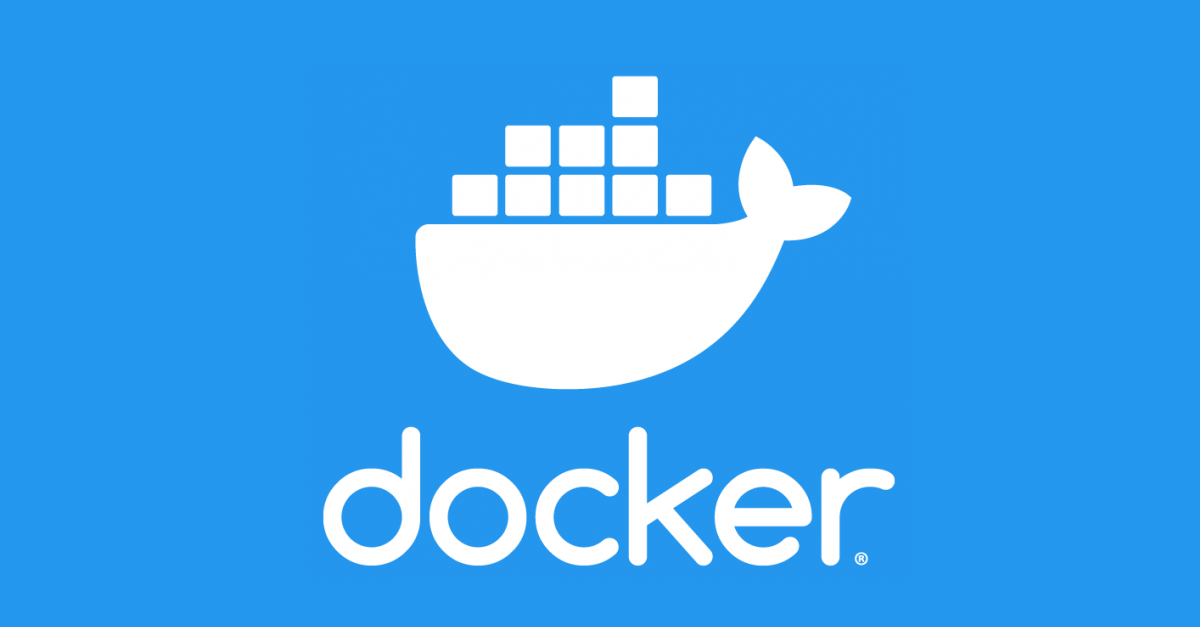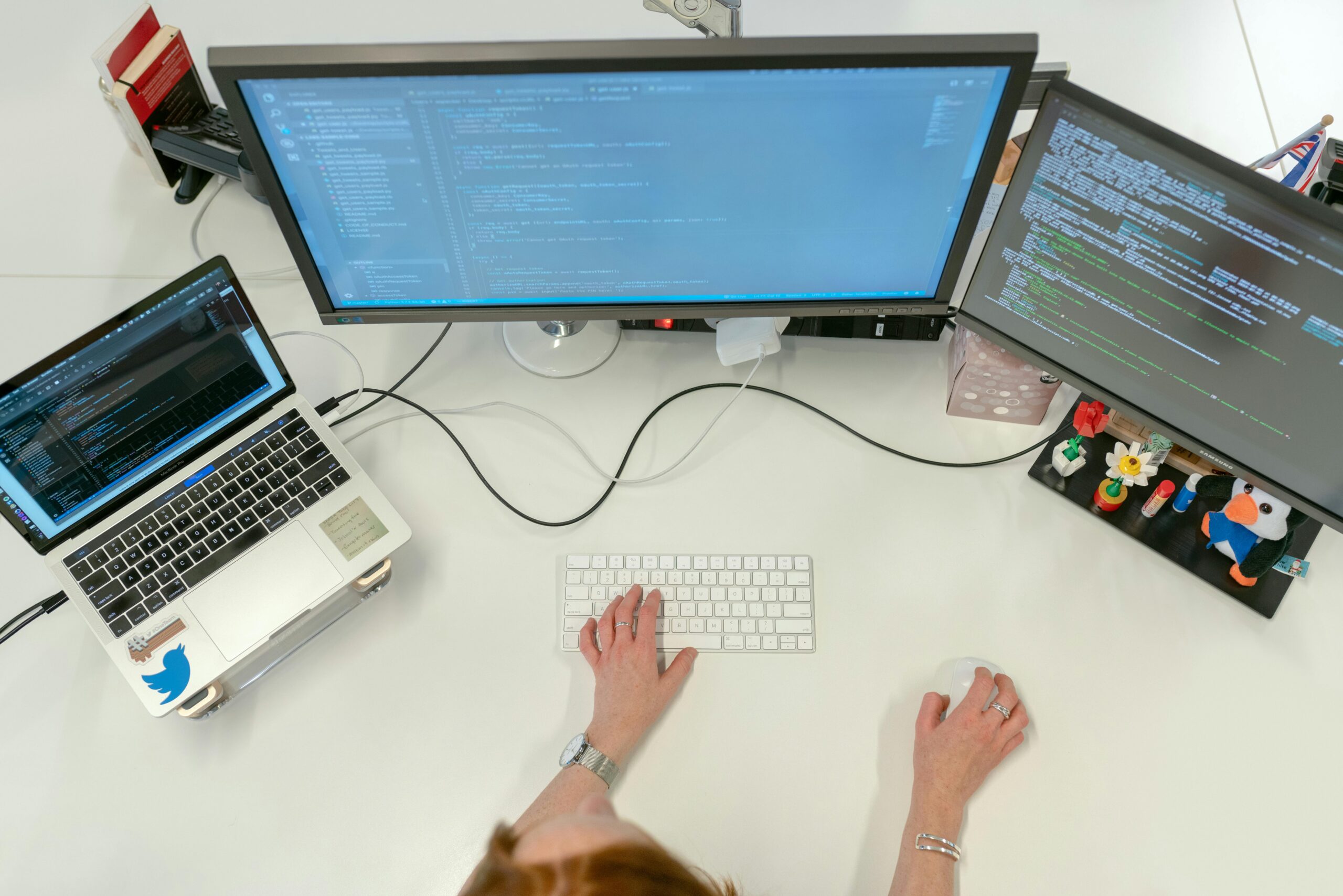Docker Container Exits Immediately: Common Causes, Troubleshooting, and How to Fix It
a
antho
- June 23, 2025•11 min read•Add a comment
Table of Contents
- Common Reasons Why Docker Container Exits Immediately
- Application Process Terminates Instantly
- Missing or Incorrect Entrypoint or CMD
- Misconfigured Dockerfile
- Casino Microservices Crash Scenario
- Diagnosing the Problem
- Checking Container Logs
- Inspecting Dockerfile and Run Commands
- Reviewing Application Code
- Casino Microservice Exit Patterns
- Solutions to Prevent Immediate Exit
- Using Appropriate Entrypoint or CMD
- Running Containers in Interactive or Detached Mode
- Ensuring Long-Running Processes
- Best Practices for Container Stability
- Ensure Valid Entrypoint and CMD
- Monitor Container Logs Proactively
- Validate Application Dependencies
- Adopt Healthcheck Instructions
- Example Docker Healthcheck
- Use Graceful Shutdowns
- Isolate Persistent Data
- Table: Common Mistakes and Corrections for Stable Containers
- Casino Microservices: Special Considerations
- Conclusion
- Frequently Asked Questions
- Why does my Docker container exit immediately after starting?
- How can I find out why my container stopped?
- What should Entrypoint and CMD point to for a stable container?
- How do I keep a temporary container running for debugging?
- What are best practices for preventing Docker containers from exiting?
- How does running a container in interactive or detached mode affect its behavior?
- Why are healthchecks important for Docker containers?
- What should I check in my Dockerfile if my casino microservice container keeps exiting?
- Can container exits be caused by bugs in my application code?
- How do I make sure my containerized application shuts down gracefully?
I’ve run into the dreaded issue where a Docker container exits immediately after starting and I know how frustrating it can be. You spin up your container expecting it to run smoothly but instead it just shuts down without warning. It’s a common problem that can leave anyone scratching their head especially if you’re new to Docker.
When a container stops right after launch there’s usually a simple explanation hiding in plain sight. I’ve learned that understanding why this happens can save hours of troubleshooting and help you get your apps running again in no time. Let’s look at what might cause this and how to fix it so you can keep your workflow moving forward.
Common Reasons Why Docker Container Exits Immediately
Most containers that stop right after starting do so for specific technical reasons. I watch for a few typical errors when troubleshooting this issue.
Application Process Terminates Instantly
Containers stop as soon as their main process exits. I notice this with short-running CLI scripts, one-liner shell commands, or processes that encounter unexpected errors. For example, running echo “Hello World” instead of a long-lived server process causes the container to finish instantly.
| Process Type | Example | Container Behavior |
| Long-lived server | nginx, apache2 | Runs until manual stop |
| Short-lived CLI command | echo, ls, whoami | Exits after execution |
| Crashing applications | node app.js (with bug) | Exits on crash |
Missing or Incorrect Entrypoint or CMD
If Entrypoint or CMD values don’t point to a valid, running process, the container stops right away. I often see this when the Dockerfile lacks a default command or tries to run a non-existent executable. For instance, setting CMD [“myapp”] when no myapp binary exists generates exit status code 127.
Misconfigured Dockerfile
A misconfigured Dockerfile leads to containers that never start correctly. Common mistakes I catch are omitting required files in the image, missing dependencies, or setting ENV variables incorrectly. For example, forgetting to copy the application binary to the image in the Dockerfile or using a wrong base image makes the container exit immediately upon launch.
Casino Microservices Crash Scenario
I analyze online casino platforms where microservices sometimes exit due to missing application files or improper initialization commands in their Docker setup. If, for instance, the poker game logic service lacks an executable file referenced in CMD, or the slot machine worker’s dependency libraries don’t exist in the image, the container halts instantly.
| Casino Service | Problem Example | Result |
| Poker Game Logic | CMD points to missing .jar file | Exit on startup |
| Slot Machine Worker | Entrypoint references absent binary | Exit status 127 |
| Payment Processor | Env variables unset for credentials | Application crash, exit |
Diagnosing the Problem
Docker containers that exit immediately often indicate issues in process configuration or application behavior. I analyze key diagnostic steps to pinpoint the root cause quickly.
Checking Container Logs
Container logs commonly show errors that clarify why a container exits. I run docker logs <container_id> to retrieve recent output. Most often, messages display missing file errors, syntax issues, or failed dependency loads. For instance, casino app microservices might log “app.js not found” or “connection refused” if files or services aren’t available. I use this table to summarize frequent log messages for faster triage:
| Log Message | Possible Cause | Example Vector (Casino) |
| “command not found” | Invalid Entrypoint or CMD | casino-entrypoint missing |
| “file not found” | Missing volume or code file | slot-machine.js absent |
| “permission denied” | File access restriction | access error in casino logs |
| “syntax error” | Script/application bug | parsing error in payment module |
| “connection refused” | Downstream service not running | casino DB not reachable |
Inspecting Dockerfile and Run Commands
Dockerfile or run command issues often cause containers to exit rapidly. I check that the CMD or ENTRYPOINT in the Dockerfile matches a long-running process, not a one-shot command. For casino platforms, I confirm commands start persistent server processes rather than short scripts. If I see CMD [“node”, “index.js”], I make sure index.js exists and doesn’t terminate immediately. Running containers interactively with docker run -it can expose premature exits due to misconfigurations.
Reviewing Application Code
Bugs in application code frequently lead to short container life spans. I scan logs first, then inspect app initialization code for uncaught exceptions, unreachable services, or dependency failures. Casino microservices, for example, often exit if external APIs aren’t reachable or if strict checks kill the app on error. Unit testing core entrypoints and verifying error handling paths helps me catch these exit triggers before deploying containers.
Casino Microservice Exit Patterns
| Microservice Type | Exit Trigger Example | Diagnostic Focus |
| Slot Game Engine | Missing slot configuration file | Volume mounts, config path |
| Payment Gateway | Missing ENV variables for credentials | ENV setup, log inspection |
| User Authentication | Database connection failure | Startup logs, DB service status |
| Casino Analytics | Bad API key or inaccessible endpoint | Secret management, API status |
Solutions to Prevent Immediate Exit
Many Docker containers exit right away because of configuration or process issues. I use several targeted solutions to keep containers active and running as expected.
Using Appropriate Entrypoint or CMD
Entrypoint or CMD keys in Dockerfile specify the container’s main process. I confirm these settings point to a persistent process rather than a one-shot command. For example, I use tail -f /dev/null for temporary containers that need to stay alive or direct Entrypoint to an application server for web apps. If the command finishes, the container exits.
| Entrypoint/CMD Example | Effect for Container | Common Casino App Scenario |
| python manage.py runserver | Stays running | Online casino game server app |
| sh -c ‘ls -l /app && exit’ | Exits immediately | Debug commands in casino pipelines |
| tail -f /dev/null | Stays running | Base casino images needing updates |
Running Containers in Interactive or Detached Mode
Interactive (-it) or detached (-d) modes affect process management. I run casino-related debugging sessions with docker run -it to keep the container open for troubleshooting. For production casino microservices, I use docker run -d, which keeps containers running in the background.
| Mode | Use for Casino Microservices | Typical Outcome |
| Interactive (-it) | Live troubleshooting of RNG process | Terminal stays open |
| Detached (-d) | Payment gateway for casino app | Process runs in background |
Ensuring Long-Running Processes
Primary container processes control container lifecycle. I ensure the process is designed to run continuously. For casino backend services, for instance, I use Node.js or Python servers that remain active and serve requests, instead of batch scripts or commands that end quickly. Ensuring CMD points to these actual server processes prevents unintended exits.
| Casino Microservice Type | Required Long-Running Process | Result if Process Ends |
| Authentication backend | Node.js server (e.g., Express.js) | Container exits |
| Slot game logic container | Python Flask app | Container exits |
| Logging aggregator | Filebeat or Fluentd daemon | Container exits |
Best Practices for Container Stability
Ensure Valid Entrypoint and CMD
Entrypoint and CMD define the main process in a container, so persistent services like web servers, for example, Nginx or Node.js, maintain stability. I configure these with long-running processes, if the workload requires background tasks or scripts, by using commands such as tail -f /dev/null to keep the container in a running state.
Monitor Container Logs Proactively
Real-time log monitoring detects exit reasons quickly. I attach automated log collection for containers handling transactions or authentication, for example, in online casino services. Proactive log streaming reduces downtime by flagging unreachable dependencies or configuration errors early.
Validate Application Dependencies
Before container builds, I check for all required files, libraries, and secrets. I add early-stage tests in CI pipelines that detect missing package dependencies for Python, Node.js, or Java apps, preventing runtime failures.
Adopt Healthcheck Instructions
Docker Healthcheck instructions improve container stability. I use these instructions to monitor service status, for example, HTTP 200 responses for casino web microservices, so orchestrators restart failed containers only when unhealthy.
Example Docker Healthcheck
HEALTHCHECK CMD curl –fail http://localhost:8080/health
| |
exit 1
Use Graceful Shutdowns
Managing process signals properly allows containers to shut down gracefully. I trap SIGTERM or SIGINT in critical processes, especially for database or wallet services in casino architectures, so in-flight transactions are handled before exit.
Isolate Persistent Data
I use volumes to store logs, uploads, or database files externally. Containers remain stateless, and process restarts don’t corrupt or lose data, enhancing stability during migration or scaling.
Table: Common Mistakes and Corrections for Stable Containers
| Mistake | Correction | Example Context |
| Main process ends immediately | Run server/background PID, not a short task | Keep casino web app process alive |
| Entrypoint command not found | Verify path and shell syntax | Use absolute paths in casino API |
| Missing runtime dependency | Install all libraries and environment files | Python packages for casino parser |
| No healthcheck | Set Healthcheck with reliable endpoints | Health HTTP check for login microservice |
| Data written inside container | Mount volumes for all persistent data | Database files in volume for audit logs |
Casino Microservices: Special Considerations
For casino workloads, I keep containers stable by running persistent services, such as real-time gameservers or payment gateways. I configure Entrypoint to launch robust applications, monitor containers for unexpected process exits, and use Docker volumes for session history and player data. When handling casino frontends or backend microservices, I always add healthchecks that validate live status endpoints, helping orchestrators maintain availability and reliability with minimal downtime.
Conclusion
Troubleshooting Docker containers that exit immediately can feel overwhelming at first but with the right approach it’s manageable. By staying proactive with log checks and making sure your Dockerfiles are set up for persistent processes I’ve found it’s much easier to keep containers running smoothly.
I’ve learned that a bit of preparation—like validating dependencies and using healthchecks—goes a long way toward preventing unexpected downtime. With these strategies in place I’m confident I can keep my Dockerized applications stable and reliable.
Frequently Asked Questions
Why does my Docker container exit immediately after starting?
Most Docker containers exit right away if their main process ends right after launching. Common reasons include running short-lived scripts, incorrect Entrypoint or CMD settings, or missing application files or dependencies.
How can I find out why my container stopped?
Check the container logs with docker logs <container_id>. Logs usually contain error messages about missing files, failed dependencies, or command errors, helping you identify the cause of an immediate exit.
What should Entrypoint and CMD point to for a stable container?
Entrypoint and CMD should be set to launch a persistent, long-running process (like a web server or application service) instead of a one-time script or command. This keeps the container running.
How do I keep a temporary container running for debugging?
You can use a command like tail -f /dev/null as the container’s Entrypoint or CMD. This runs a process that never exits, keeping your container alive for debugging.
What are best practices for preventing Docker containers from exiting?
Ensure Entrypoint and CMD reference a long-running service, validate dependencies before build, and implement Docker Healthchecks. Regularly monitor logs and use volumes to separate persistent data from the application.
How does running a container in interactive or detached mode affect its behavior?
Interactive mode (-it) lets you interact with the container’s shell, while detached mode (-d) runs the container in the background. Both require a continuous process to keep the container running.
Why are healthchecks important for Docker containers?
Healthchecks help Docker monitor if your container’s primary service is operating normally. They can automatically restart unhealthy containers, improving stability and reliability, especially for critical applications like online casino platforms.
What should I check in my Dockerfile if my casino microservice container keeps exiting?
Verify that Entrypoint and CMD are set to start the required application server. Ensure all files and dependencies are included in the build, and confirm environment variables are set correctly for your microservice.
Can container exits be caused by bugs in my application code?
Yes, bugs or unhandled exceptions in your application can cause it to crash, ending the main process and stopping the container. Review logs and test the application outside the container to diagnose issues.
How do I make sure my containerized application shuts down gracefully?
Handle termination signals in your app code so it can clean up resources and exit cleanly. This is especially important for containers running persistent services like casino backend systems.



